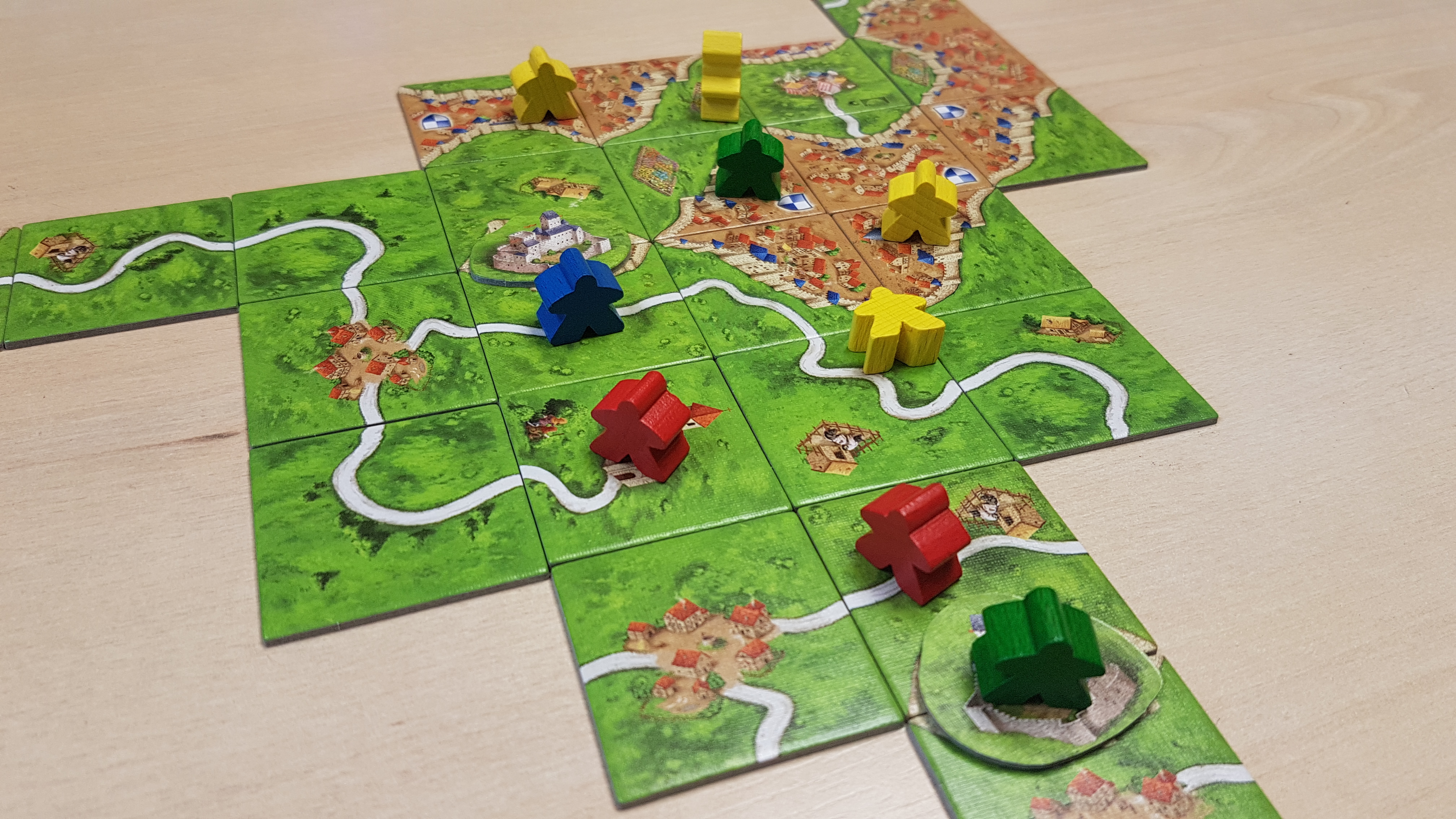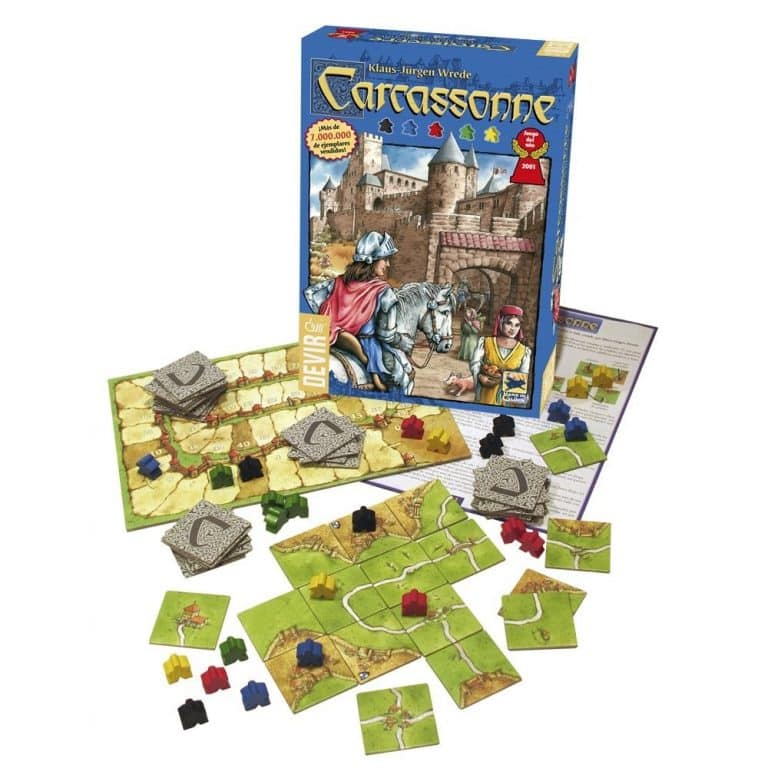
Only then can he be removed with his subordinates.


Place the goodie cards in front of you so that everyone can see how much you have and what you have.As many goodies as there are in the city, that is the number of cards the player who completes it receives. Such a person receives a card or cards of the relevant goods. They go to the one who completes the city, even if he has no subordinates in that city. The goods in a city do not necessarily go to the owner of that city.For a city, we calculate points as normal.Scoring for a city with a goodies iconĪny player can complete such a city. These cards only affect the calculation of points for completed objects. A peasant can be placed here, and if these cities are completed, the peasant will get points for all of them. Here we see three different roads and three different fields. These roads divide the field into three parts. One road ends at the town and the other at the lodge. The two roads that cross the bridge divide the field into four parts. Roads simply go over the top or bottom of the bridge and continue on. To help distinguish this Carcassonne expansion and its cards from the others, a piglet badge is shown on each card. Separate the mushroom cards into three piles and place them in a place that is easily accessible to everyone. 1 bag for storing the game components and drawing cards.Īll the cards are turned over and shuffled.At the end of the game, the amount on the face-up card is added to the point value on which the player's piece stands.Ĭarcassonne expansion - Traders and Builders If the circle is passed a third time, the player takes another point card and places it in front of him. When the circle is passed twice, the card is placed with the number 100 face up. When someone passes the circle once, they place a scorecard in front of them, face up with the number 50. Players can then go around the scoring board once or several times. Playing this variant of the game increases the final number of points you can score. They simply divide the field into two parts. Left and right roads do not count as game pieces. Subordinates can only be placed on the road going up and the road going down. In this card, we see that two cities merge to separate the fields.On this card, the monastery separates two roads.The road going down does not have an inn. It belongs to only two roads: one going left and one going right from the intersection. Four different cities with a field and a garden in the centre.We count a large subordinate as two small ones. For example, if you have a large subordinate and your opponent has a small subordinate on one fragment, then you win. In this case, the one with the larger number of pieces scores points.

The size of this piece has an impact when several players have placed their subordinates on the same fragment. One larger subordinate piece is equal to two small pieces. It is important to remember that if you bet a larger piece, then its value is doubled. This step is also done in the same way as in the basic version. This action is done in the same way as in the base game. To help you distinguish between the cards in this expansion, each card has a subordinate badge on it. It is important to be sure to use the base game. Īll playing cards are turned over and shuffled. 50 points on the front of the card, 100 points on the back. 6 subordinate figures (higher than normal).This is an addition to the pieces to allow one extra person to play Carcassonne Addendum - Inns and Cathedrals In this expansion you will find land cards with goods on them, goods cards, six builders, six piglets and a game bag.


 0 kommentar(er)
0 kommentar(er)
